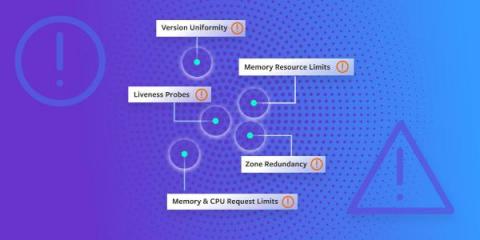Five mindset shifts for effective reliability programs
When people think about reliability, it’s easy to focus on incident response and moving fast to fix outages. This reactive approach to reliability can very quickly lead to burnout as you bounce from incident to incident. But that’s not the only way to think about reliability.











